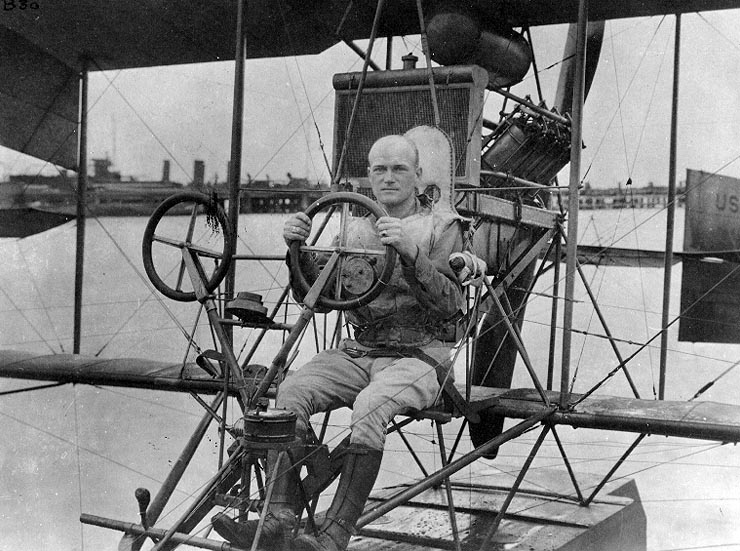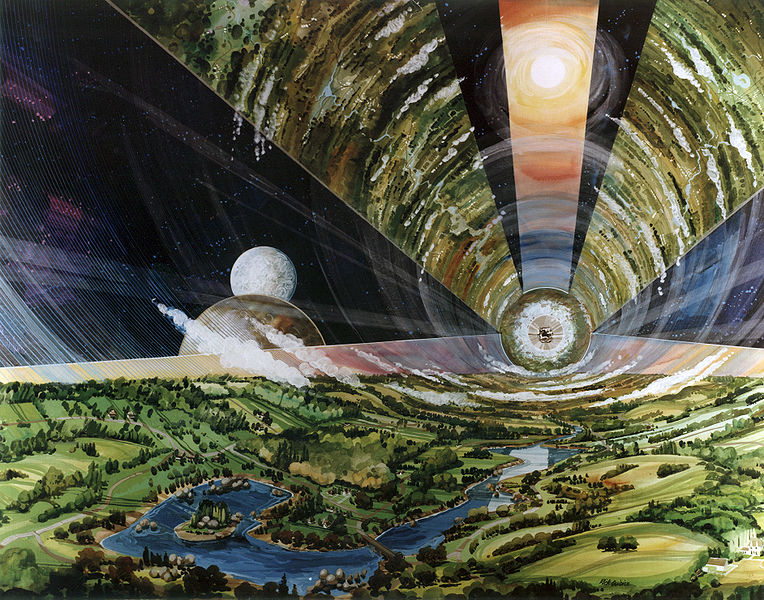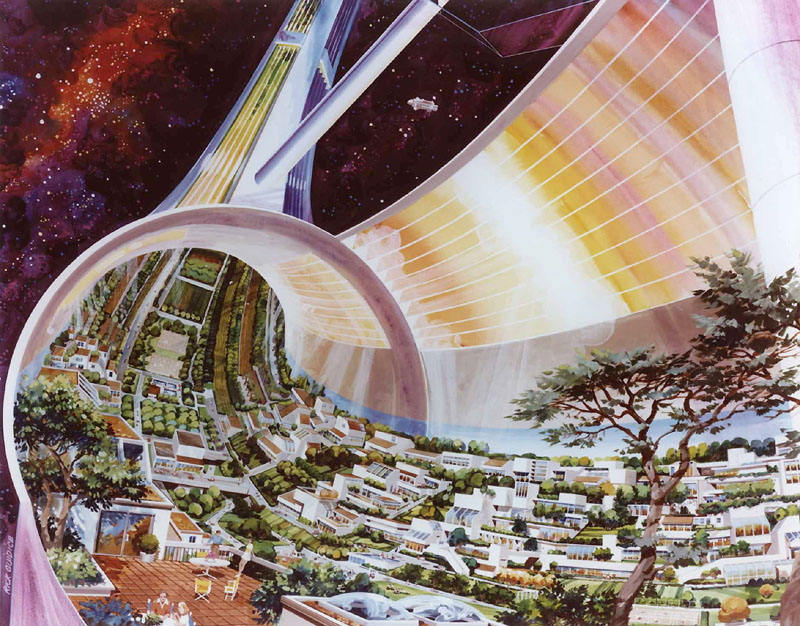Futurists have a need to always live for tomorrow, enjoying their predictions that come true for about as long as a child in enraptured by a new toy. It’s nice being right, sure, but what about the next tomorrow? From Veronique Greenwood’s new Aeon essay, “I Grew Up in the Future“:
“In 2004, the year I went to college, one of Forbes’ top tech trends was that consumers were beginning to buy more laptops than desktops. I took a laptop with me, of course — we’d had one or two around the house for years, and I think we bought three more that summer — but I also took a video phone. It was a silvery chunk of plastic with a handset on a cord, a dialpad, and a four-inch screen on a hinge on which I could see my family every week or so. It was the way of the future, and my mom wrote an article about using it to keep up family ties across long distances. The next year, when my sister went away to college, she did not take one. That fateful Skype release had occurred in the intervening 12 months, and the days of dedicated hardware were through.
Strangely enough, after the video revolution came, it no longer seemed to interest my mom. I had not fully grasped it until that point, but her interest was in premature things — full of potential, hampered by bizarre deformities, in need of her talents. Unlike almost every consumer of technology, for her, and for a few others like her, the sleek final product held much less interest, except as a sign that their instincts had been correct.
The bugs, in other words, were more than just bugs. They were opportunities. And without people who have this affinity for the half-formed, we might not get anywhere much at all.”




